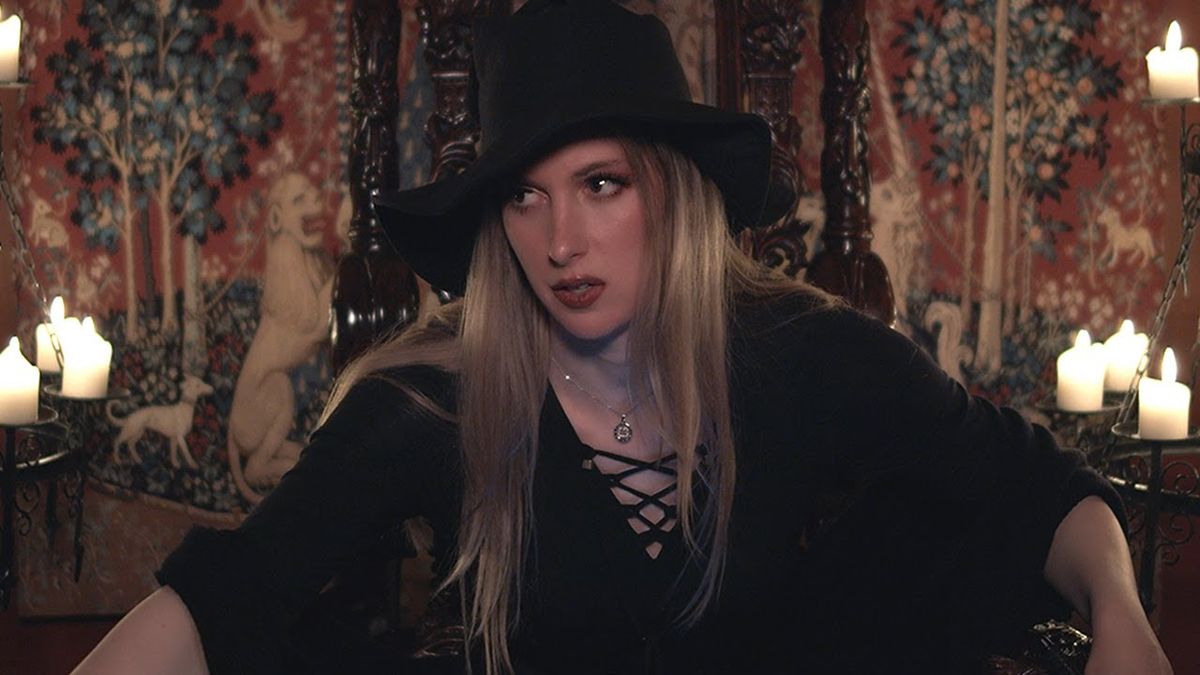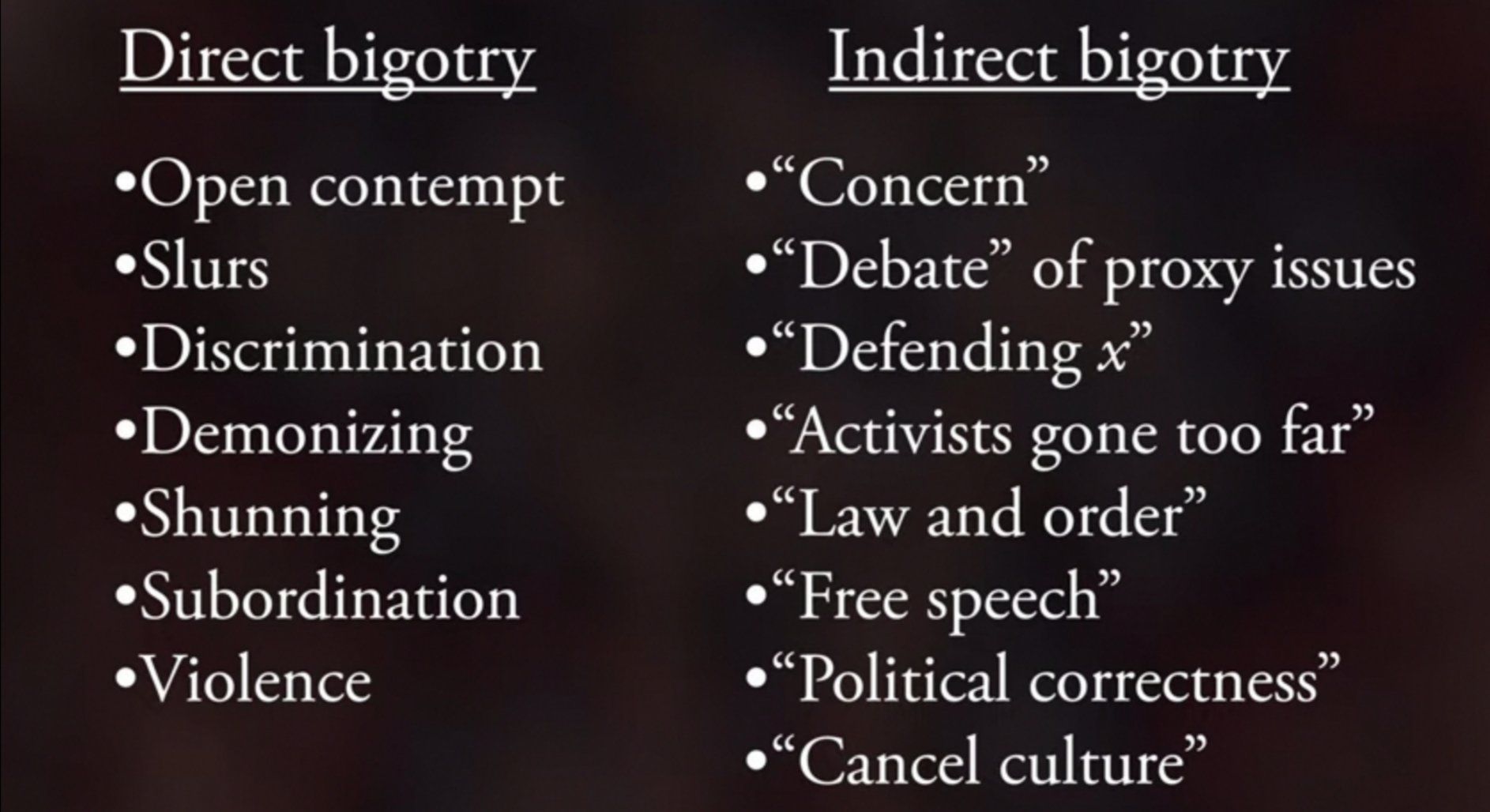Contrapoints: J.K. Rowling - A cupid's arrow of weaponized empathy

There are few people working in Online Culture with as much wisdom, empathy, and insight as Natalie Wynn, A.K.A. Contrapoints. Her videos are known for being well-researched deep dives into the internal psychology of internet communities, and for their surprisingly long runtimes. It is my opinion that the internet doesn't bring anything new to human communities, aside from speed, transparency, and locality-independence. By watching how internet communities function internally and with other communities, we can learn more about the larger scale social structures that dominate our interconnected world.
Part One: Background
If you're already familiar with the trans community's beef with J.K. Rowling, or you would just rather watch the video, feel free to skip to Part Two.
J.K. Rowling, beloved children's author, has a transphobia problem. In the past couple years, she's been gradually sinking into an internet community collectively known as "the TERFs." This community uses the language of feminism to argue that trans people should not be allowed access to public spaces, and that their existence should be discouraged at every institutional level. Rowling herself doesn't take the hard line, but the language she uses betrays a deep misunderstanding of who trans people, and by extension the trans community, are. Within her home country of the UK, her voice carries a lot of political weight, and since joining the public "debate" about trans people's right to exist, has arguably had the effect of shifting the argument in her favor. The anti-trans movement in the UK has been able to achieve almost all of their goals, pending rollback of the meager protections that trans people still have there. In the USA, the anti-trans lobby has not found an ally with the amount of reach and appeal with liberals that Rowling possesses with UK liberals, for now.
Part Two: Community Analysis
Most human communities tend to play by a set of culturally-defined rules and habits as they grow. Starting with a shared belief, groups have behaviors that facilitate new member recruitment, in-group reinforcement, out-group reinforcement, to name a few. Natalie's video describes the TERF community's strategies in roughly these terms.
For recruitment, TERFs frequently use stereotypes of trans women from media to purposefully trigger sexual assault survivors into associating trans women with the men who attacked them. They have a similarly transphobic but different approach to exploiting trans men for recruitment. In their case, TERFs use infantilization and "concern" for trans men to push a narrative that transition is a "cult," frequently saying things like "if I were 30 years younger, I might have been persuaded to transition."
As a part of their in-group reinforcement, TERFs engage in proxy battles with the trans community on the internet. This consists of picking a target (usually an early transition trans women who doesn't know better), and trashing them relentlessly until they react and escalate to the point where the trans woman says something worthy of a screenshot, which will be captured and passed around TERF circles as "evidence" of the "violent nature" of trans women. Generally, this habit of "nut-picking" is fairly universal across oppositional communities. You pick an individual that re-affirms stereotypes about the target community, and you build a narrative about how they are emblematic of the community as a whole. This builds in-group cohesion as it discourages empathy for the opposed group.
TERFs have two external faces for their community. One of them play-acts concern for trans people as they politely advocate for trans people to be driven from society, this is the public face to the media. The other face is reserved exclusively for trans women, and it excels in causing emotional pain by exploiting trans women's insecurities. In practice, this emotionally feels like being stabbed with long cruel knives.
Personally, it has taken me a long time to remove these knives from my body. From a lifetime of being exposed to transphobic stereotypes in media, to a brief pre-transition flirtation with TERF-ism that left me hurting in ways I didn't understand at the time, to first-hand experience in the trenches of the internet TERF war, I have wounds that I've been working to heal.
Part Three: Conflict & Bigotry
There is a strong tendency for neutral parties observing inter-community conflict to draw comparisons between the tone of statements by both sides and conclude that "both sides" are to blame. This is a common judgement for third parties to make when analyzing conflicts in which they have no vested interest. As we've seen across society, no analysis of conflict is complete without analysis of oppression and relative power dynamics.
Natalie lays out that the difference between "meanness" and "bigotry" lies in whether a given conflict occurs over a fault line of oppression. Given that trans people are a historically marginalized group, and middle-aged white women are... not, it becomes clear who is punching up and who is punching down. Additionally, given the complicity of the news media (UK and also US, but to a slightly lesser degree) in platforming TERFs while denying trans people any platform at all, it appears that the trans community might be fighting a losing battle.

Wynn also goes over the differences between the way Direct and Indirect bigotry manifest in modern culture. What these "neutral" third parties expect is the direct kind of bigotry, and thus miss the intent of and often participate in "debates" that are framed to cloak bigotry in a shroud of legitimacy.
Part Four: Transphobia & J.K. Rowling
Natalie bases some of her thesis on the book Conflict is Not Abuse by Sarah Schulman, which describes how overstatement of harm can cause harm, physically & socially. Wynn draws a line between this idea and oft-repeated narratives around "invading women's spaces" that Rowling and other TERFs favor. The mental leap from "there's a gender non-conforming person in this bathroom" to "a man is attempting to assault me in a place I thought was safe" is intentional on the part of those purveying this narrative. This leap is assisted by media narratives starring gender-non-conforming men as serial killers, from Norman Bates in Psycho to Buffalo Bill in Silence of the Lambs to J.K. Rowling's latest book, Troubled Blood, which echoes this same transphobic narrative in exacting detail.
What I appreciate the most about Natalie Wynn's presentation style is the deep empathy with which she approaches those whom she is criticizing. Throughout, she parses out the true intentions of Rowling and others, and respects their truth, while also criticizing the logical leaps they make from places of hurt and pain to their unfortunate destinations of disgust and hatred. There is so much love in this video for J.K. Rowling, the person, that I really hope that she watches this and listens to what Natalie has to say.
I can't help but think of Cupid, armed with a bow and arrow, shooting people with arrows tipped with love instead of sharp, cold metal. If it's possible for a trans woman to change the heart and mind of a TERF, I think Natalie gets as close as is going to ever be possible with this video.
